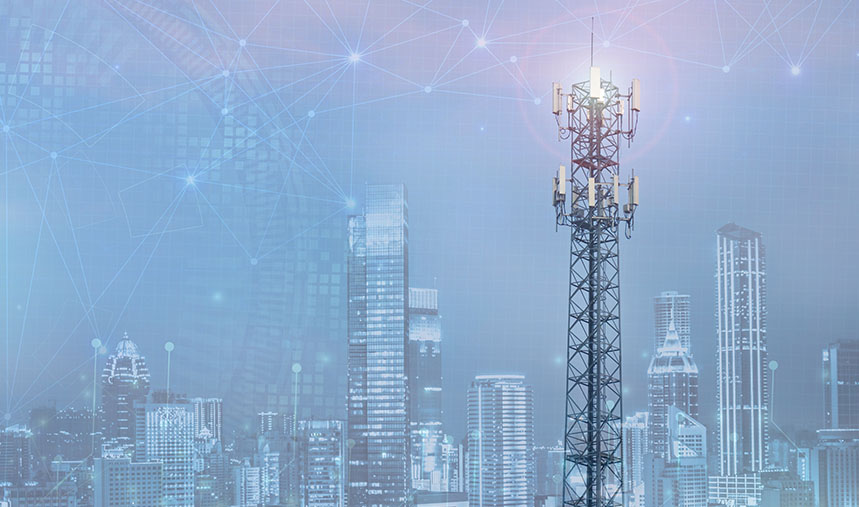AI is no longer just a tool for efficiency – it’s becoming a strategic orchestrator in how enterprises serve customers, empower employees, and scale innovation. At Sutherland, we’re seeing a powerful shift in how businesses are leveraging artificial intelligence. The next frontier? A move from rule-bound AI agents to more autonomous, adaptive systems known as agentic AI.
This evolution isn’t just technological – it’s transformational. Let’s break down the differences and what they mean for the future of customer experience.
What Are AI Agents?
AI agents are digital systems designed to automate specific tasks. They work within defined rules and respond to set prompts. Think of them as helpful assistants – handling FAQs in a chatbot, pulling up knowledge base articles, or routing tickets based on keywords. They’re incredibly valuable for structured, predictable scenarios.
At Sutherland, we’ve enabled implementation of agents at a massive scale across industries to improve speed, accuracy, and consistency in customer interactions. They’re the backbone of many intelligent automation strategies. But their scope is limited – they can only do what they’re programmed to do.
What Is Agentic AI?
Agentic AI refers to systems that exhibit goal-oriented behavior. Instead of waiting for a command or input, agentic AI can autonomously plan, decide, and act based on evolving context. It observes, reasons, adapts – and learns continuously.
So, what is agentic AI in practice? Imagine a support system that doesn’t just answer a billing query – it detects a recurring issue, checks account history, offers a tailored resolution, and even follows up proactively to prevent future friction. That’s the level of contextual intelligence and initiative we’re talking about.
At Sutherland, we see agentic AI as the natural evolution of customer experience: moving from reactive automation to proactive orchestration.
Differences Between AI Agents and Agentic AI
Here’s a quick look at how these approaches compare:
| Feature | AI Agents | Agentic AI |
|---|---|---|
| Initiative | Waits for user input | Acts autonomously toward defined goals |
| Learning Ability | Learns from specific inputs or rules | Continuously adapts based on outcomes and context |
| Task Scope | Handles narrow, rule-based tasks | Manages complex, cross-functional workflows |
| Human Dependency | Requires human oversight for escalations | Resolves issues end-to-end with minimal intervention |
| Response Quality | Structured, templated | Context-aware, dynamic, and personalized |
We’re moving from tools that assist agents to agents that can actually own and resolve customer journeys. That’s a profound shift, especially for enterprise CX.
What’s Next with AI and Customer Experience?
From our vantage point at Sutherland, the convergence of agentic AI and customer experience (CX) is unlocking new possibilities and raising new questions. Businesses are no longer asking if AI can help – they’re asking how far it can go.
Benefits of Agentic AI in Customer Experience (CX)
1. Always-on, Personalized Service
Agentic AI enables 24/7 support that doesn’t just resolve issues but understands intent, preferences, and customer history. It powers human-like interactions at scale.
2. Reduced Operational Load
With more AI autonomy, human agents can focus on high-empathy tasks while AI handles the repetitive, the transactional, and even the complex.
3. Intelligent Escalation
Agentic systems know when to solve and when to escalate, seamlessly passing context-rich conversations to human teams when needed.
4. Self-improving Processes
Every interaction helps the AI refine its models. Over time, it doesn’t just get better at handling tasks – it gets smarter about the why behind customer needs.
Potential Obstacles and Risks of Agentic AI
1. Trust and Explainability
As AI takes on more responsibility, businesses must ensure transparency. Agentic AI must be explainable and auditable, especially in regulated industries.
2. Data Integrity
Autonomous systems are only as strong as the data they’re trained on. Inaccurate or biased data might lead to poor outcomes – so governance is key.
3. Human-AI Balance
Complete autonomy isn’t the end goal. The best experiences come from collaboration between humans and AI – something Sutherland calls “digital chemistry.”
Sutherland Can Help Your Business Stay Ahead
At Sutherland, we don’t just implement AI – we design end-to-end customer experience ecosystems that blend automation with human intelligence. Our solutions aren’t theoretical. They’re delivering results today.
Sutherland Agent Success
Agent Success is our cloud-based platform that brings AI directly into live customer interactions. It augments your agents with real-time knowledge, intelligent suggestions, and contextual cues – reducing handle time, improving resolution, and enhancing customer satisfaction.
Sutherland Agent Assist
Agent Assist leverages AI to listen in real time to conversations and serve up the right resources at the right moment. Whether it’s auto-surfacing policy guidelines or prompting the next best action, it ensures every agent performs like your best agent.
Both tools are built with the future in mind – scalable, secure, and ready to evolve into agentic capabilities as your AI maturity grows.
Agentic AI is more than a buzzword – it’s the next phase in intelligent CX. Businesses that invest now in autonomous, adaptive AI systems will be the ones defining the new standard of customer service.
And Sutherland is ready to guide you there.
We’ve spent over 35 years helping the world’s leading brands reimagine their customer experiences. With deep expertise in AI, automation, and design-led transformation, we help organizations shift from support to strategy – from automation to autonomy.





